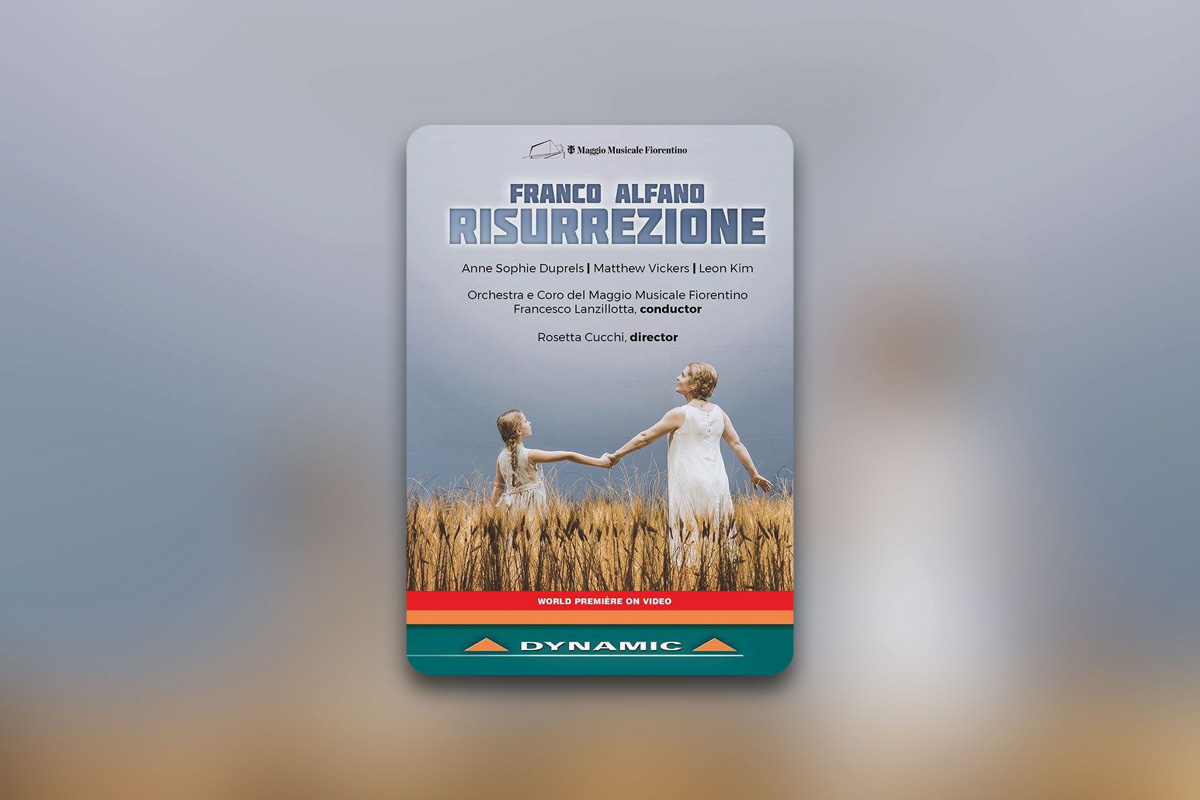If he’s remembered at all today, Franco Alfano (1875-1954) is known as the man tasked with completing Puccini’s Turandot. It should come as no surprise that he wasn’t plucked from obscurity for that honour, having by six operas already under his belt (he’d go on to write another five, of which Cyrano de Bergerac from 1936 is probably his best known).

Written in 1904, Risurrezione was his third opera and was a success at its Turin premiere. The work takes its inspiration from a book that was still new at the time: Tolstoy’s 1899 novel Resurrection. “Recoiling from catastrophes, I believed and still believe in the renovation, regeneration, and final purification of human passions from evil to goodness,” wrote Alfano in his memoirs, expressing ideas that tally perfectly with the ethical and spiritual philosophy of the great Russian writer. In fact, Alfano and his librettist Cesare Hanau pared down Tolstoy’s dramatic narrative to its bare essentials in order to throw the maximum spotlight onto the fall and rise of its heroine, Katyusha.
In the first act, the young peasant girl is seduced by the handsome Prince Dimitri who abandons her to go to...










Comments
Log in to join the conversation.